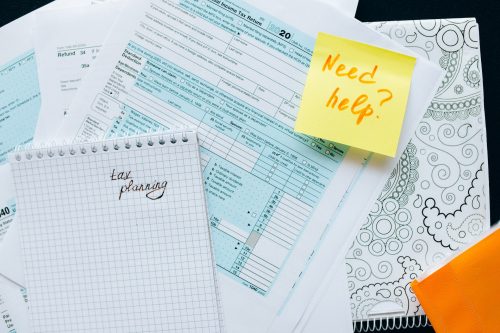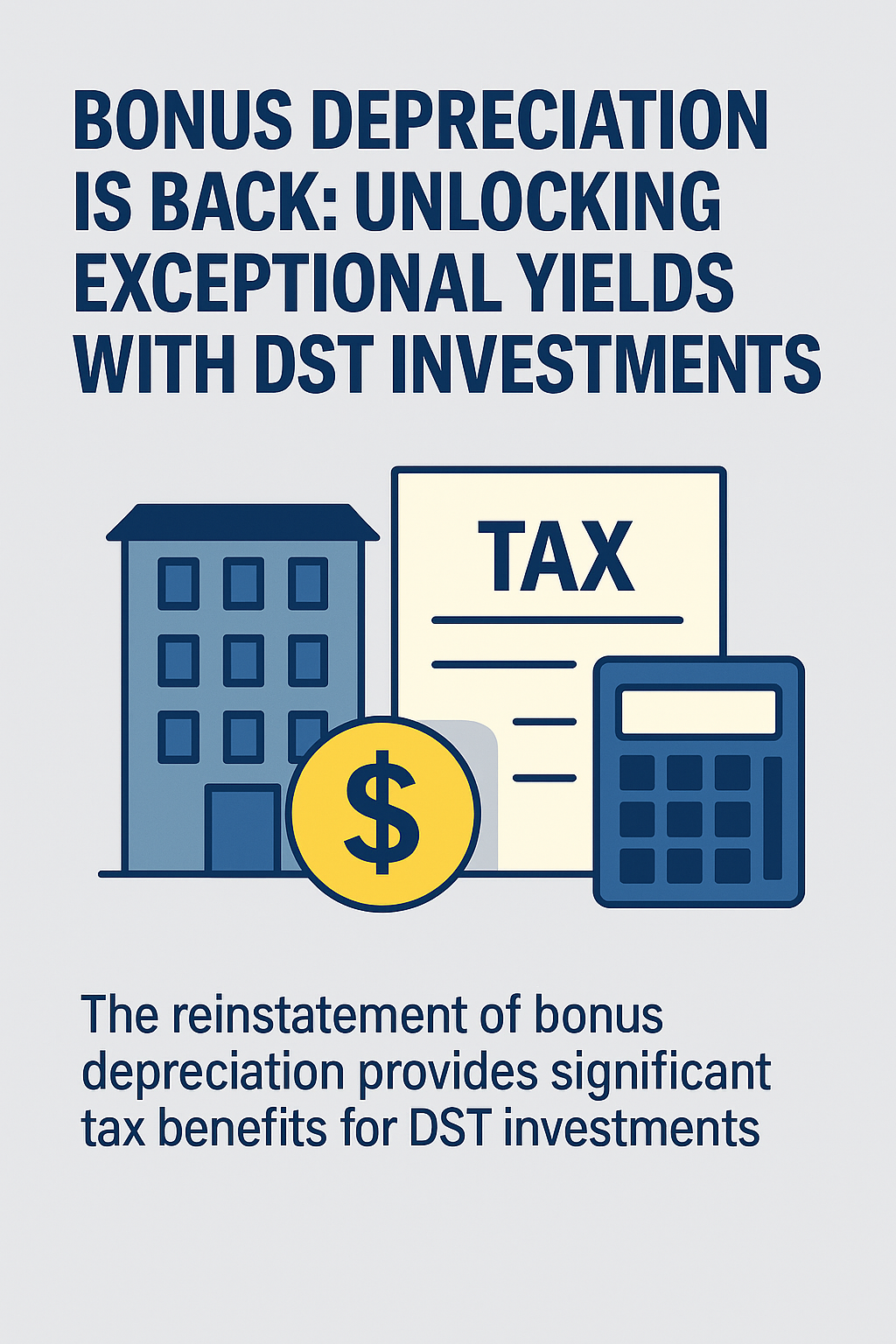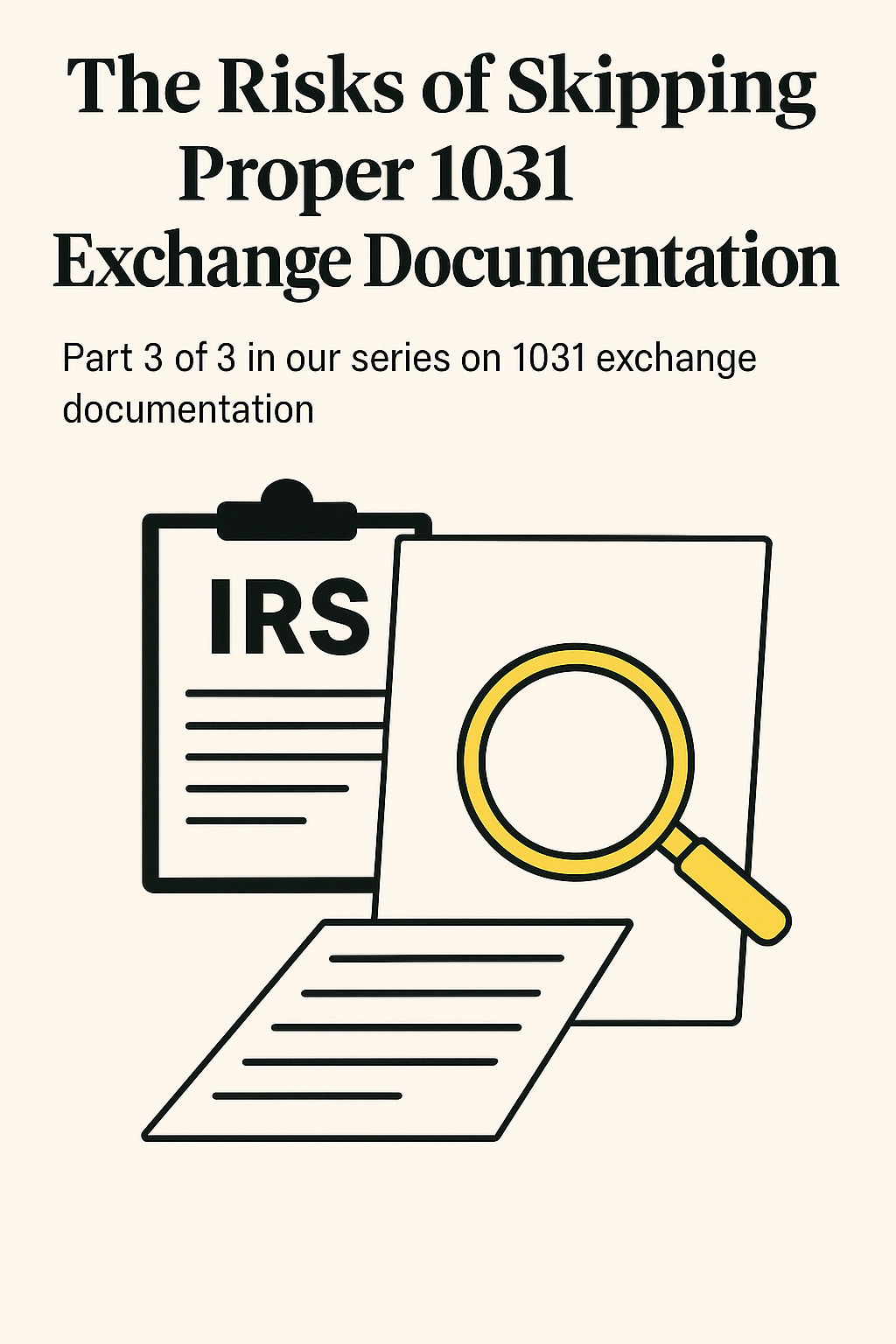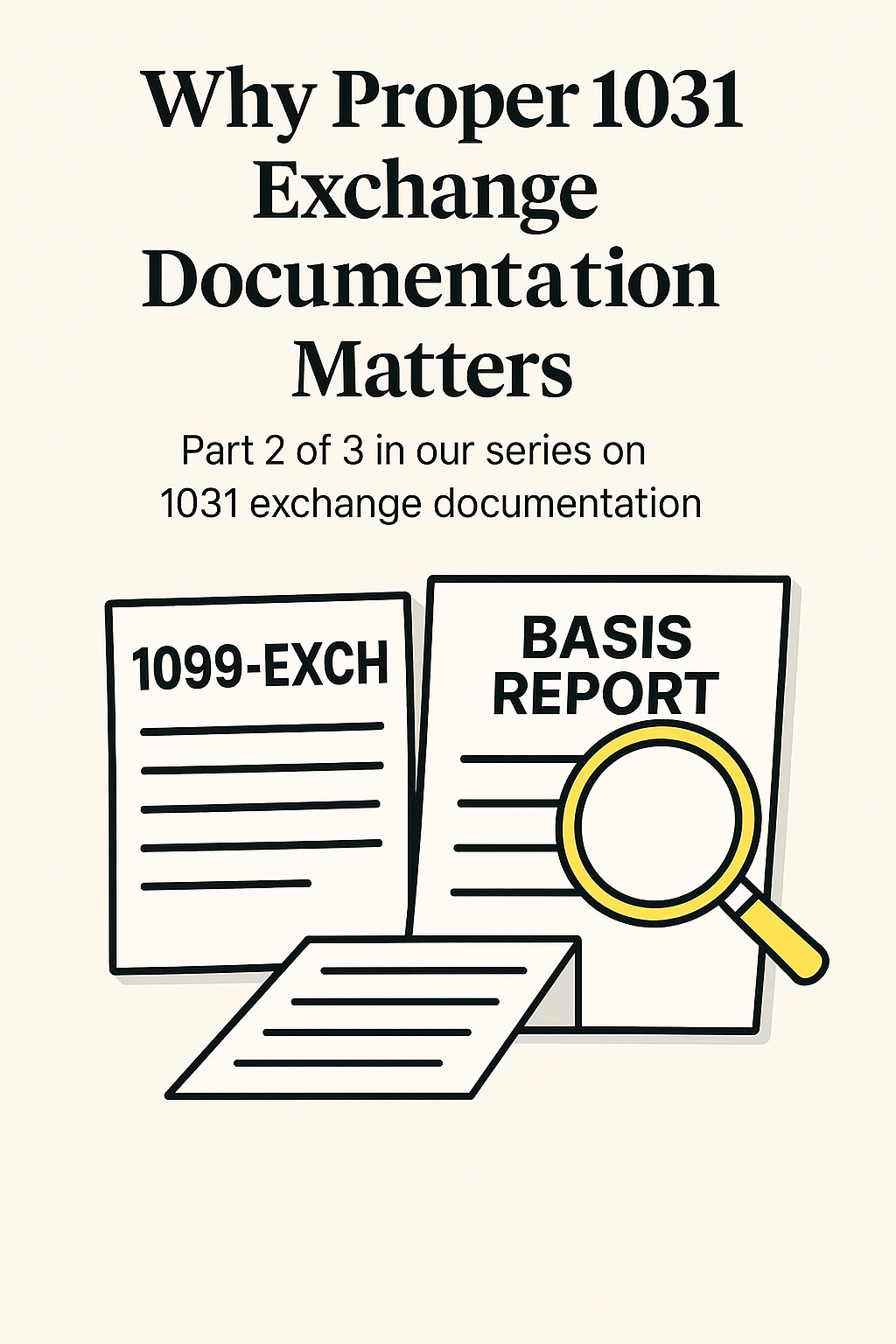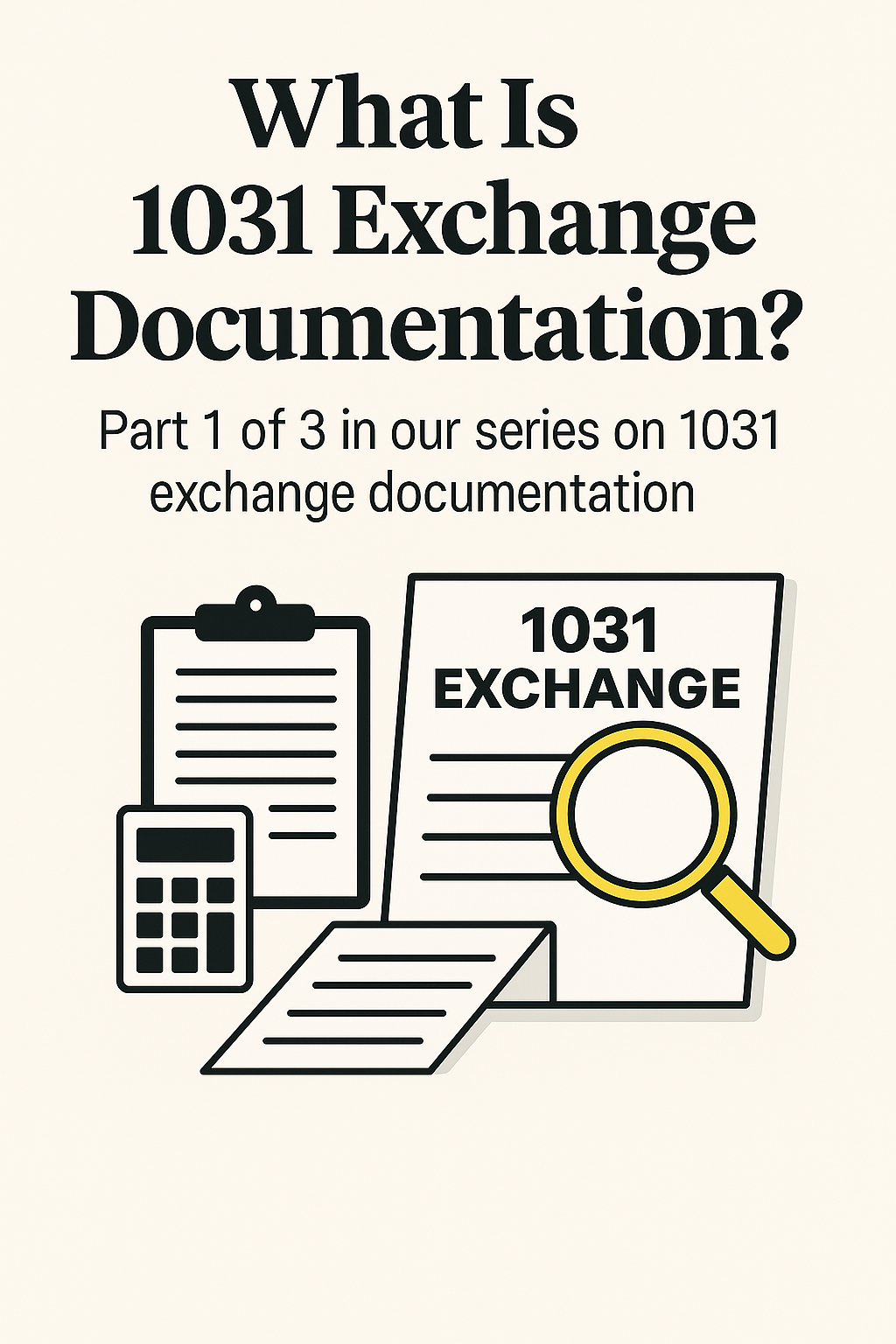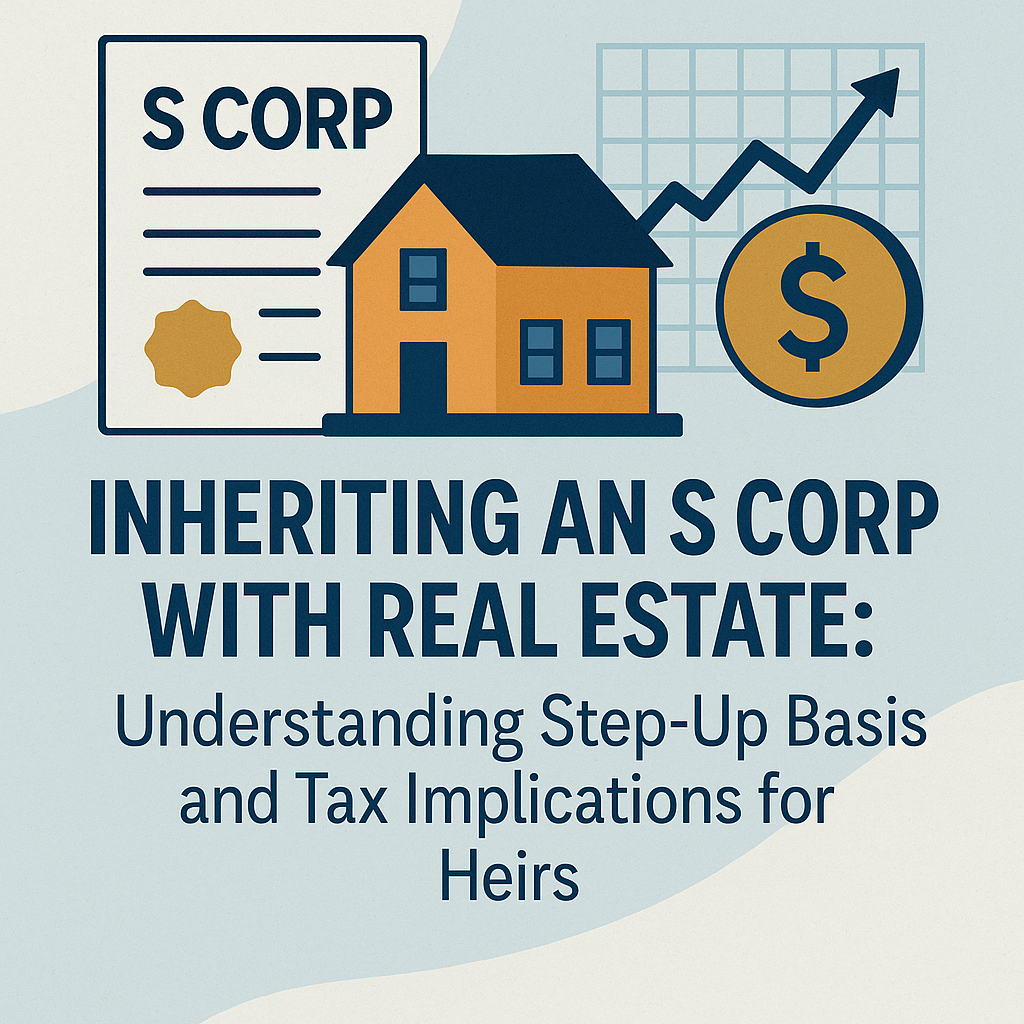Who We Are and What We Do
At Exchange Planning Corporation, we specialize in making detailed financial projections to help investors maximize the tax benefits of their 1031 exchanges. If you’re scratching your head, wondering what that means, let’s break it down: we aren’t fortune tellers. We can’t predict future interest rates or your income, but we can assess how much income from your replacement property will be tax-sheltered. And this is valuable tax plannng insight.
Tailored Projections for Your Needs
We provide tax benefit projections ranging from 1 to 10 years, depending on your unique needs. Our aim is to understand the client’s wishes, and we identify the most tax-efficient way to meet those goals. This process allows us to provide projections reflecting how taxes will impact financial objectives.
What sets us apart? Our proprietary tools allow us to compare different reinvestment scenarios by adjusting various parameters such as the amount of cash reinvested, replacement properties including Delaware Statutory Trusts (DSTs), the resulting “boot”, and tax benefits.
What’s a “Boot” and Why Should You Care?
In the context of a 1031 Exchange, “boot” refers to any cash or other property that you receive in addition to the like-kind property. While boot is taxable, our tools calculate the tax implications, allowing for informed decisions. (see our blog post on taking cash from an exchange)
Our Suite of Reports: Taking 1031 Exchanges to the Next Level
In addition to our personalized consulting and tax planning service, we provide a set of comprehensive reports designed to make the 1031 Exchange process as transparent and effective as possible:
- Tax Savings Report: This report delineates immediate tax benefits (“Savings for Today”) and future tax-benefit strategies (“Savings for Tomorrow”). We emphasize the long-term advantages, which are often more significant than the immediate tax breaks when selling and completing a 1031 Exchange for the relinquished property.
- 1099-Exch Report: This is the go-to report for you and your tax professional. It contains all the information needed to accurately report an exchange, backed by our audit assurance warranty. Should an audit occur, we offer free representation for the exchange portion of a client’s return.
- Basis Report: A crucial tool for future tax planning, this report provides all the necessary information for setting up depreciation schedules for the replacement property. We use 11 different methods to identify the best-suited depreciation method for each client’s situation.
The Power of Cost Segregation in 1031 Exchanges
But wait, there’s more! Beyond our specialized reports and projections, we also offer Cost Segregation services. For those unfamiliar with the term, Cost Segregation is a tax planning strategy specifically designed for commercial property owners. It allows you to accelerate depreciation on your property, leading to higher deductions on your taxes.
Why is this a Big Deal in 1031 Exchanges?
When used in conjunction with a 1031 Exchange, Cost Segregation can be a game-changer. It not only increases the cash available for reinvestment but also maximizesreturn on investment. Imagine being able to claim higher deductions while also deferring capital gains tax. Sounds like a win-win, doesn’t it? That’s the power of combining Cost Segregation with 1031 Exchanges, and it’s a service we’re proud to offer.
Real-World Scenarios: How We Help You Save
Scenario 1: The Long-Term Property Owner
Say you’ve owned a rental property for 30 years, and it’s fully depreciated with no mortgage. After a 1031 exchange, you’re looking at a potential income of $1.3 million over the next five years. With low other income, you might only owe $200,000-$250,000 in taxes—a rate of less than 20%. Sounds great, right? We think we can do better and aim to reduce your tax liability to between $50,000 and $75,000.
Scenario 2: The High-Income Earner
What if you’re on the other end of the spectrum with a high income? You could be staring down the barrel of nearly $500,000 in taxes over five years. In this case, the goal is to shelter all of the income earned from rental property, because you’re already paying enough in taxes.
Scenario 3: The Home Improvement Plan
Planning on taking $200,000 out for a kitchen remodel? We can show you how to shelter most of that money. You might have to pay $15,000-$20,000 in taxes, but you get that new kitchen and, let’s not forget, a new Tesla!
Scenario 4: The Big Withdrawal
Thinking of pulling out $1 million? We can show you how to shelter up to half of that, slicing your tax bill in two.
Scenario 5: The Pending Loan
If you have a looming $3.5 million loan on your property, you require careful analysis. We’ll explore high-leverage replacement properties and other strategies to help you make the most tax-efficient decisions.
FAQ
Q: What exactly does Exchange Planning Corporation do?
A: We specialize in creating detailed financial projections to help real estate investors maximize the tax benefits of their 1031 Exchanges. While we can’t predict future interest rates or income, we can determine how much of your income from a replacement property could be tax-sheltered.
Q: What periods do your tax savings projections cover?
A: Our projections can range from 1 to 10 years, based on your specific needs and financial goals. The aim is to provide highly accurate projections that clearly illustrate the tax impact on your long-term financial objectives.
Q: What are your proprietary tools and how do they assist?
A: We use specialized tools to compare various reinvestment scenarios. These tools allow adjustments to parameters such as the amount of cash reinvested, types of replacement properties like Delaware Statutory Trusts (DSTs), the resulting “boot”, and the associated tax benefits.
Q: What is “boot” and how is it taxed?
A: In a 1031 Exchange, “boot” is any extra cash or property received beyond the like-kind property. Although boot is taxable, our tools help us determine these tax implications, facilitating informed decisions.
Q: What reports do you offer?
A: We provide a Tax Savings Report, a 1099-Exch Report, and a Basis Report. Each has a distinct role, from outlining immediate and future tax advantages to supplying the essential data for your tax professional to report an exchange accurately.
Q: What is cost segregation and how does it integrate with 1031 Exchanges?
A: Cost Segregation is a tax strategy for commercial property owners that permits accelerated depreciation and greater tax deductions. In the context of a 1031 Exchange, it enhances the return on investment.

